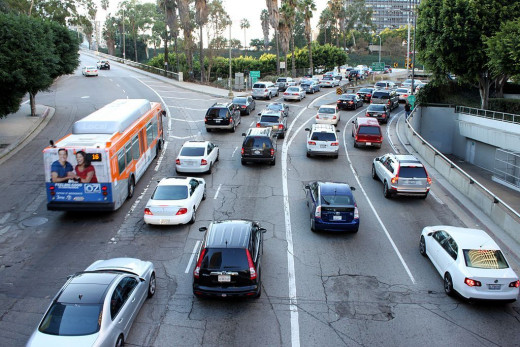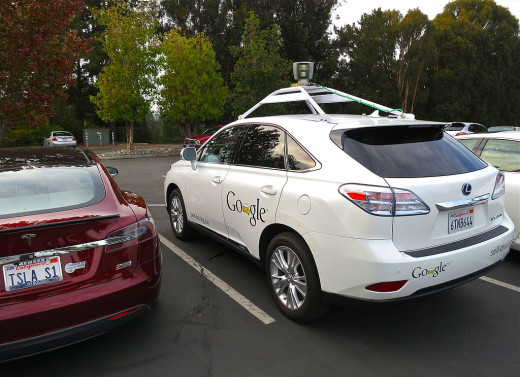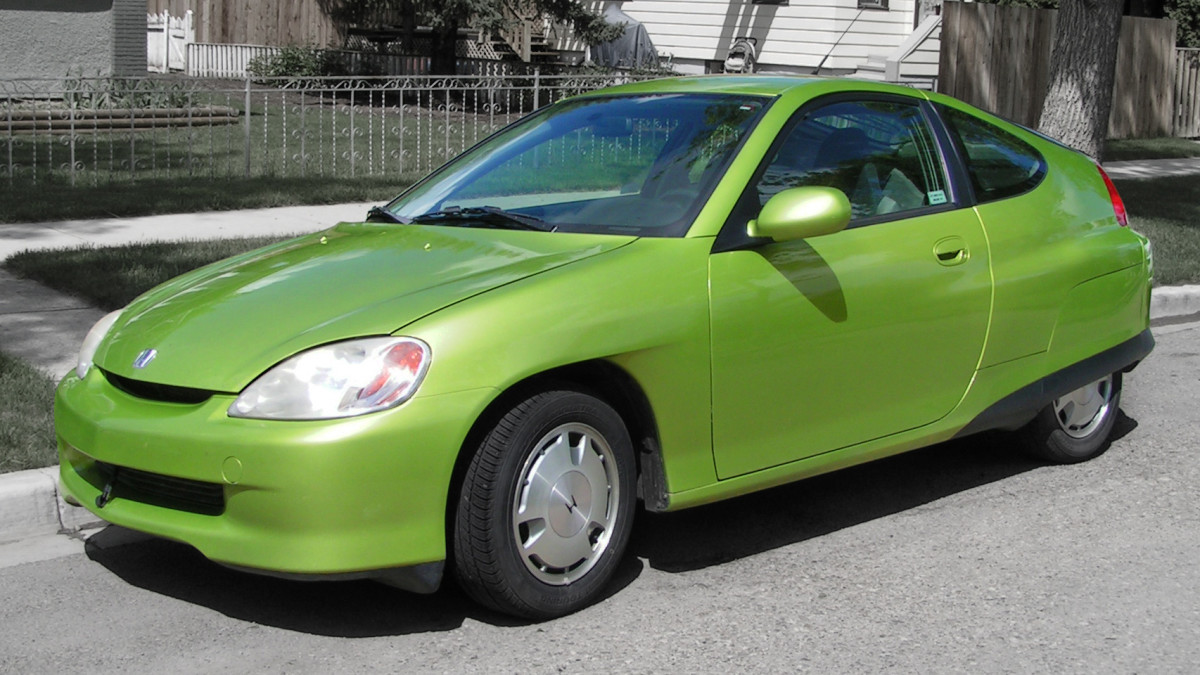Mobility in the Future: Benefits of Self-Driving Cars

A New Kind of Mobility
For millennia man's mobility on land had been largely limited to walking and, perhaps, horse riding. Then the industrial revolution came along with engine-powered railways. But the biggest mobility revolution by far was ushered in by the Patent-Motorwagen of Karl Benz in 1886, now widely regarded as the first automobile.
The car brought about freedom of mobility that previously had simply been unthinkable. Although the first car was too limited in scope and range to make an immediate breakthrough, a new path was set and improved versions were soon to follow.
With the introduction of the Model T in 1908 by Henry Ford begun a wider distribution of the car. As of 2013, over 1 billion cars are in the world.
The automobile allowed for unprecedented mobility and liberty, but over time became so ubiquitous to pose new social and environmental challenges.
Now the latest technological breakthroughs promise to sort out many of these concerns and inaugurate an entirely new era of mobility: the self-driving car!

Self-Driving Cars Are Almost There
In our increasingly technological world the idea of driverless vehicles is not entirely new. From 1987-1995 the European Commission generously funded the Pan-European R&D project Eureka Prometheus (PROgraMme for a European Traffic of Highest Efficiency) to develop the field of driverless cars. Renowned manufacturers and universities were involved, laying the groundwork, but without actually achieving the breakthrough.
Yet technological advances continued at exponential rates. It may be a sign of the times that the first driverless car is built by an IT company rather than a car manufacturer. Google first revealed in 2010 that they were working on self-driving cars. By 2013 the technology was in place with the Google car successfully performing over 500.000 miles.
Though one will have to get used to seeing driverless cars turning the corner, these strange looking vehicles are actually much safer than human-steered ones. Along with improved safety features will come along a series of benefits that will make mobility in the third millennium much more enjoyable and sustainable.
Benefits of Self-Driving Cars
1. Traffic accidents reduced to a minimum
That is the primary reason driverless car projects began in the first place. Currently there are 1,2 million road deaths a year globally (with 50 million more been injured). That amounts to over 3000 people killed in road accidents each day! Self-driving cars could reduce this tragedy to an almost insignificant minimum.
2. Reduce medical cost
The human suffering is certainly the worst aspect of any tragedy. That said, the medical cost associated with road accidents and the aftermath goes into trillions of dollars. There would be huge savings in medical costs if accidents could be reduced.
3. Reduced insurance rates
As accidents will occur less often, insurers will have to pay less and lower their rates. Especially for young drivers in some countries insurance rates are already higher than the cost of a car itself which makes a car simply unaffordable for many youngsters.
4. Reduce congestion
In big cities travelers are already annoyed by the traffic congestion during the daily commute. In an interactive network of self-driving cars, traffic flows could be optimized and fine-tuned to avoid them altogether. Even the current road network will suffice. The difference will be that computers will avoid potential congestion by deviating additional cars through alternatives routes to guarantee the constant flow of traffic.
5. Improved aerodynamics through road trains
As sensors and machines react faster than humans, self-driving cars will be able to drive much closer to each other than is currently feasible. In driverless mode cars will be able to form so-called road trains that will improve aerodynamics by about 30%. This in turn will benefit the environment and, of course, everybody's pocket.
6. More spare time
Many people already spend a disproportionate amount of time on their daily commute. Through driverless cars this time would be given back to them as during their traveling they will be able to read, watch TV, play games, or surf the web.
7. The elderly and disabled will regain their mobility
The elderly and disabled who are incapacitated to drive would greatly benefit. Self-driving cars would give them back the freedom of mobility. It is for sure no coincidence that Google presented its driverless car through a video of a blind man benefiting from the new technology. See what Steve Mahan has to say about his new car.
Are self-driving cars really feasible? Some driving assistance technologies like reverse parking or automated braking are already available on today's upper-class models. Furthermore, as driverless test cars like the one of Google have shown, the technology for complete automated driving is already in place.
It will only be a matter of time when self-driving cars will reach the mass-market. There are surely some legal issues to adjust and the transition will likely be gradual, but change will surely come. Future generations might look back and wonder how strange it must have been when cars were driven manually. Now that really will be a mobility revolution!
A Self-Driving Truck Hits the Road
Things are moving forward. In May 2015 the world's first officially recognized self-driving truck hit the road: Daimler's highly anticipated Freightliner Inspiration. Although it still requires a human driver on board and its autonomy is for now limited to highways and staying in the lane and keeping the distance, the trend is clearly towards driverless vehicles.
Most road accidents are caused by driver errors or distractions and machines are simply safer and, ultimately, also cheaper. Although Daimler's semi-autonomous Freightliner is still far from the Google car's capabilities (it has no vehicle-to-vehicle communication or LIDaR), yet it highlights the gradual transition to autonomous driving as gradually legal hurdles are cleared and robotic driving passes from test lanes to public roads. The future is driver-less.
The Future of Driving
What do you think about driver-less vehicles?
This content is accurate and true to the best of the author’s knowledge and is not meant to substitute for formal and individualized advice from a qualified professional.
© 2013 Marco Pompili








